
A 93 hour, 22 minute Image Aquistion of HFG1 with Douglas Struble's ED152 Air-Spaced Triplet from Explore Scientific
In the ever-evolving realm of astrophotography, amateur enthusiasts are achieving remarkable breakthroughs in capturing the intricate beauty of the universe.
Douglas Struble is pushing the boundaries once thought impossible, revealing the cosmos with a particular emphasis on planetary nebulae from the heart of the city in ways unimaginable just a few years ago. Struble's commitment and technological advancements are reshaping our perception and understanding of the vastness of space. In this featured collection on Astrobin.com, highlighting HFG1 (PK 136+05), we are privileged to witness the awe-inspiring work of Douglas Struble as he embarks on a personal journey to unveil the secrets of the universe. Utilizing his Explore Scientific ED152 Air-Spaced Triplet APO Refractor, Struble showcases its captivating allure and intricate nature.
HFG1, also recognized as PK 136+05, graces the celestial canvas as a captivating planetary nebula nestled within the constellation Giraffe (Camelopardalis). The allure of planetary nebulae lies in their compelling astronomical nature—dynamic phenomena marked by the expansive ejection of gas and dust from dying stars in the twilight of their life cycles. Contrary to their misleading name, these nebulae bear no connection to planets; rather, the moniker originated from early telescopic observations, where their shapes bore a resemblance to distant planets.
In delving into the specifics of HFG1, several noteworthy characteristics emerge. Positioned in the faint northern constellation of Giraffe, its coordinates at approximately right ascension 03h 29m 47s and declination +60° 30' 50" render it a prominent feature in the northern sky, providing observers in the Northern Hemisphere with an opportunity to explore its mysteries. HFG1 is distinguished as a faint and ancient planetary nebula, boasting intricate and often symmetrical structures sculpted by the expelled outer layers of a dying star. With a diameter exceeding one light year, the nebula's expansive gaseous envelope envelops its central star, contributing to the mesmerizing nebular glow that captivates the gaze of astronomers and astrophotographers alike. The alternate designation PK 136+05 stems from its entry in the Catalogue of Galactic Planetary Nebulae (PK Catalog), where it holds the catalog number 136+05—a reference point for astronomers engaged in the study of planetary nebulae. Notably, HFG1 has become a subject of keen interest for observers such as Douglas Struble, who employ advanced equipment and techniques to unravel its beauty and intricate details.

Light Pollution Map of the Detroit, MI Area Showing the Approximate Location of Doug Struble's Observatory, Near the Border of a Bortle 9 Sky. Imagery from DarkSkyFinder.com
Be mindful that Struble’s observatory is in his very light-polluted backyard with a sky measurement of Bortle 8, here the entire sky is either grayish or brighter, with familiar constellations missing stars and fainter constellations noticeably absent. In brighter areas, fewer than 20 stars are visible over 30 degrees elevation, and the limiting magnitude ranges from 3 to 4. Despite these challenging conditions, Douglas Struble is still able to make incredible astrophotography.
Under such conditions, telescopic visual observation is restricted to bright celestial objects such as the moon, planets, double stars, and variable stars. Coping with the constraints of Bortle 8, characterized as “city-level light pollution”, requires a comprehensive approach: Modern telescopes, complemented by high-quality astro-cameras and narrow-band filters specifically designed to counteract the pervasive glow from artificial city lights, become indispensable tools in this pursuit.
Struble engages in a meticulous dance of mastering image acquisition and tracking-and-stacking short-exposure images to combat light pollution effectively. Achieving the desired depth and detail demands considerable time in combined exposure (often exceeding 50 hours or more of image aquisition), testing the patience and precision of those dedicated to unraveling the mysteries of the cosmos. Furthermore, the post-processing phase introduces an additional layer of complexity, necessitating expertise in a diverse array of image processing tools to reveal the subtle nuances and unveil the hidden beauty of these celestial wonders. Despite the formidable challenges posed by the luminous cityscape, astrophotographers like Struble persist and present an unwavering commitment to exploring the cosmos.
The measure of an astronomer's skill often lies in their frequency of observation, and the advantage of being able to work from one's own backyard or balcony, regardless of location, provides more opportunities to spend time observing the sky with personal equipment.
One can only imagine what Struble could do under darker skies.

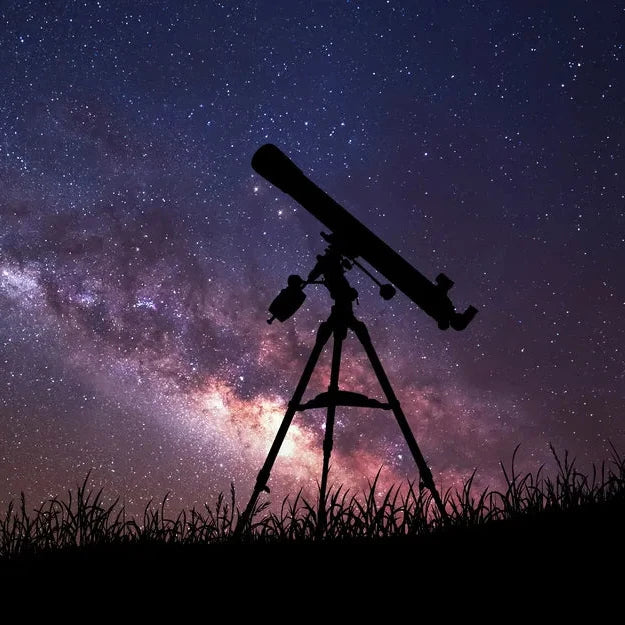
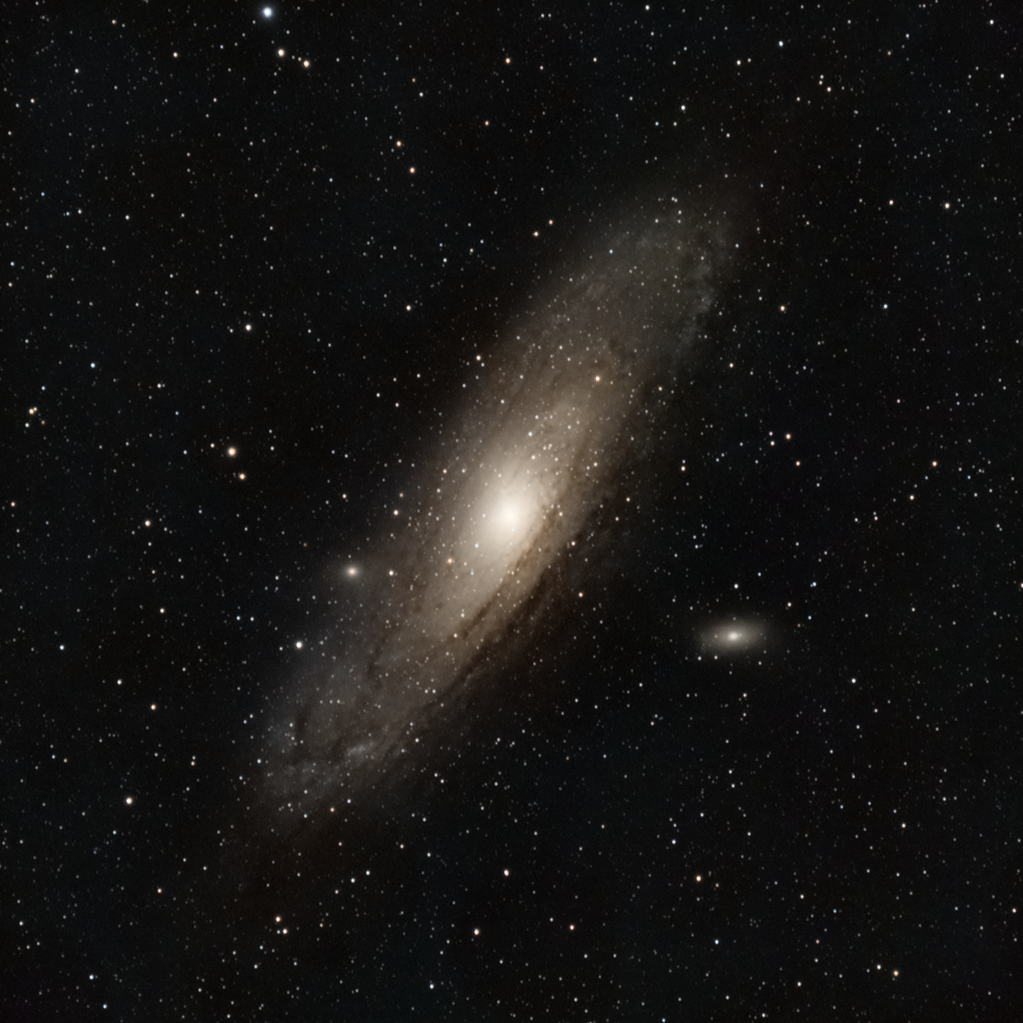
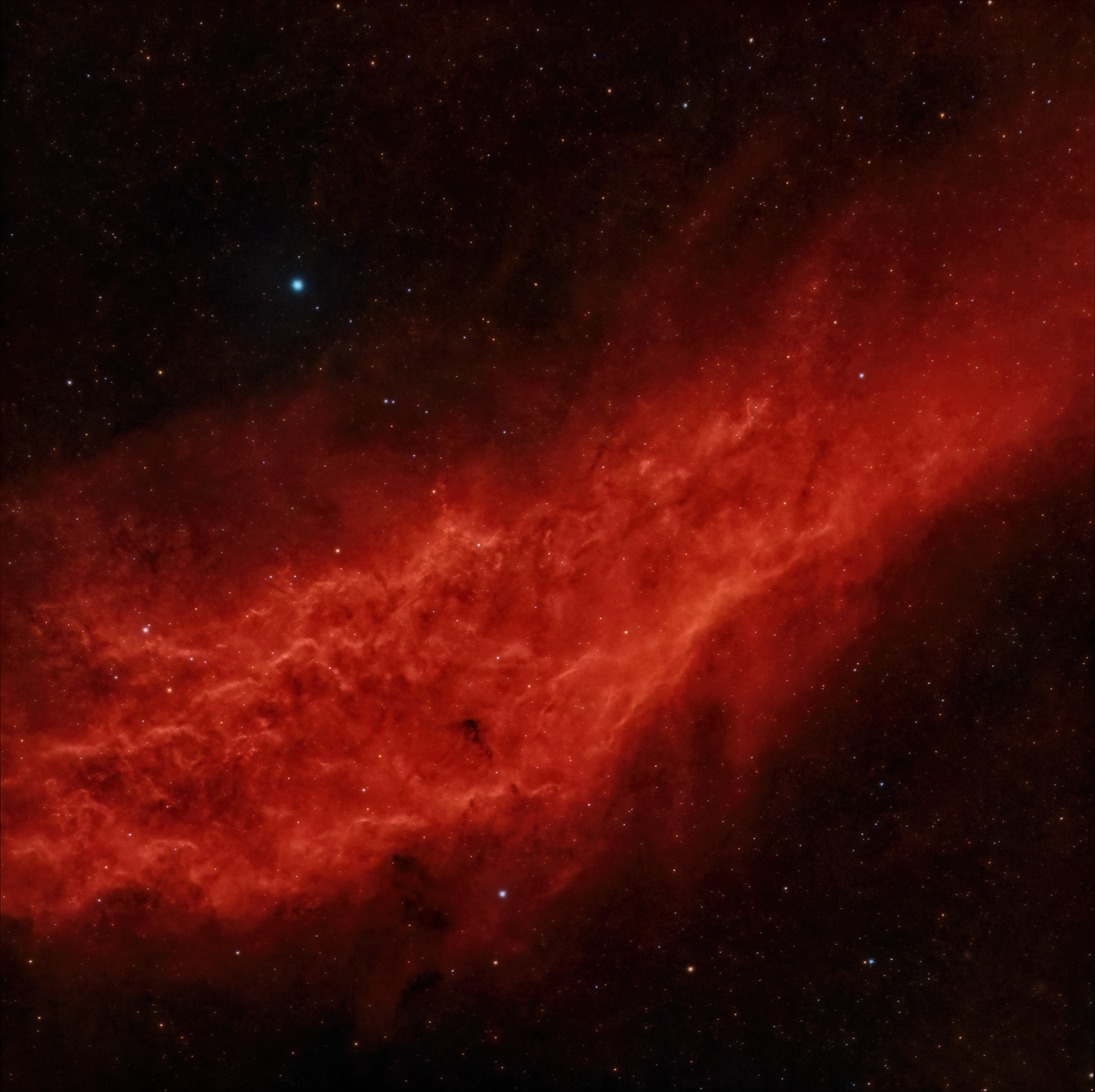
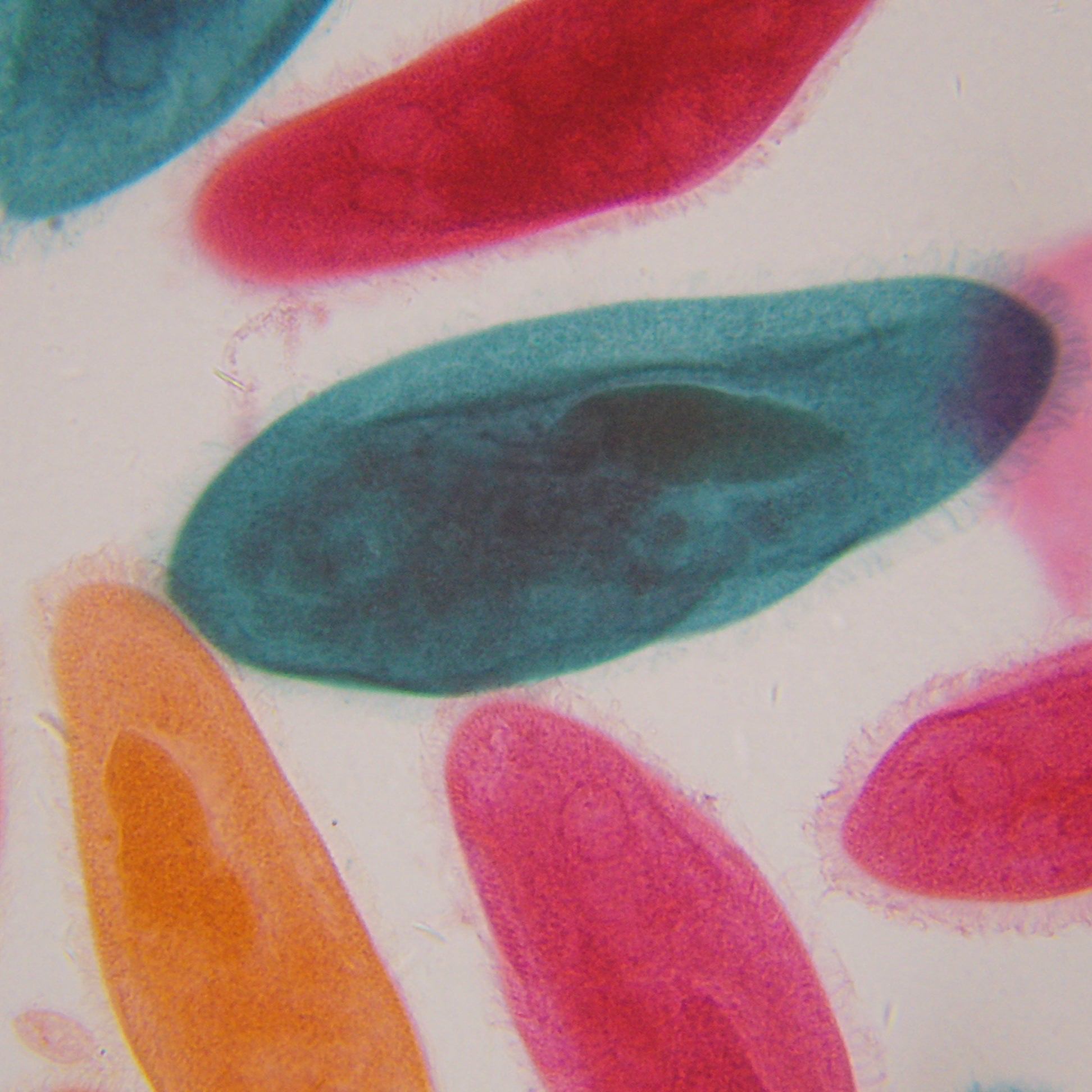
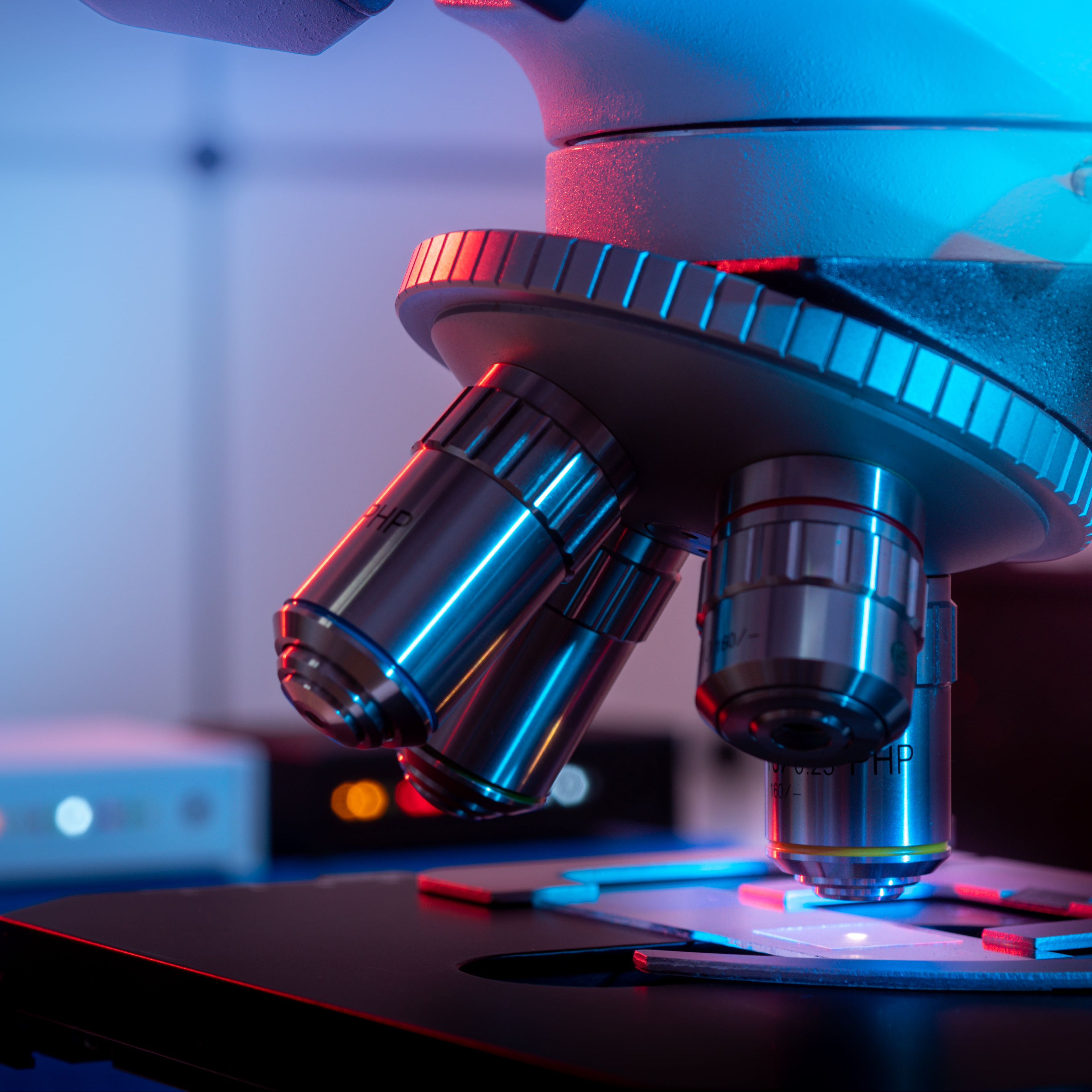
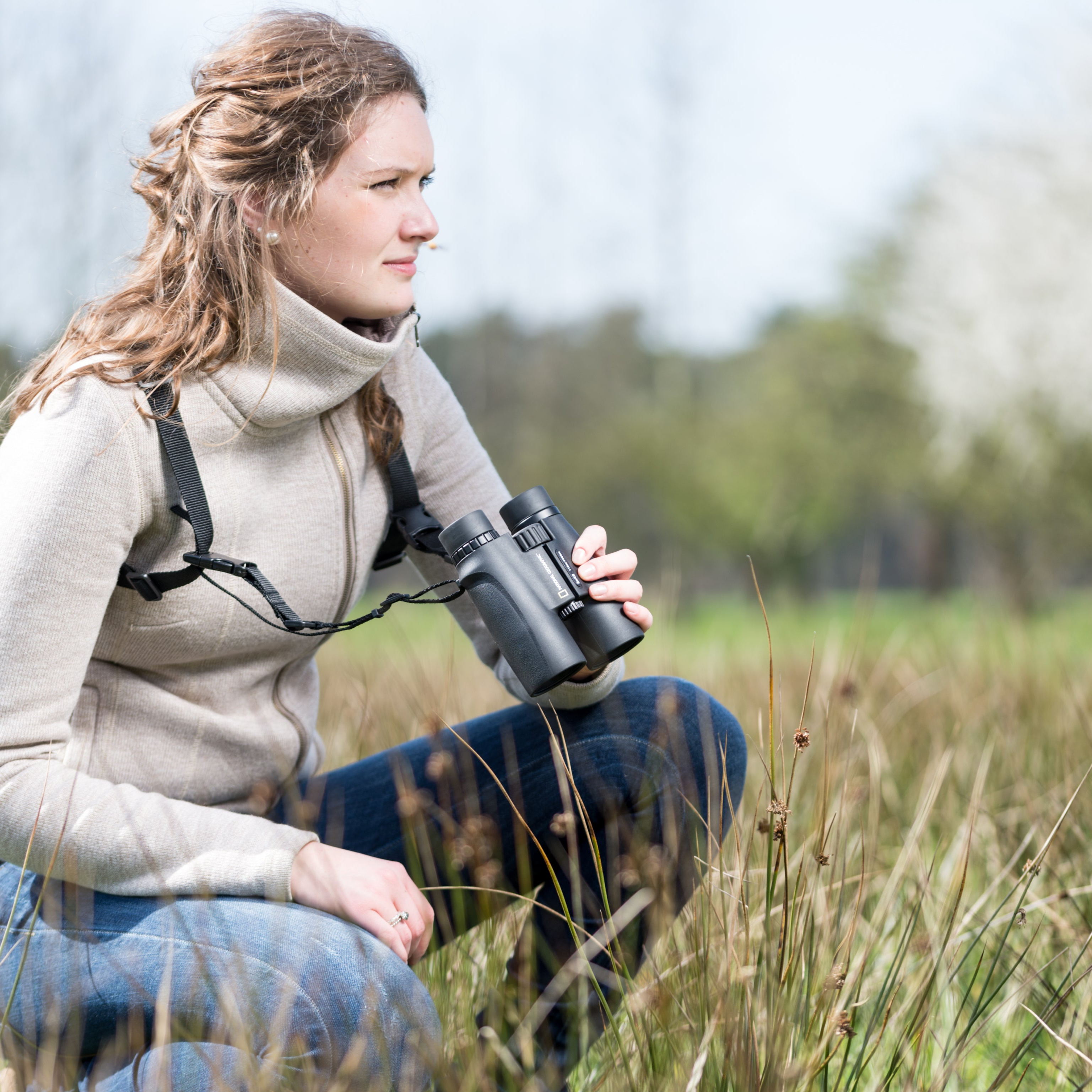
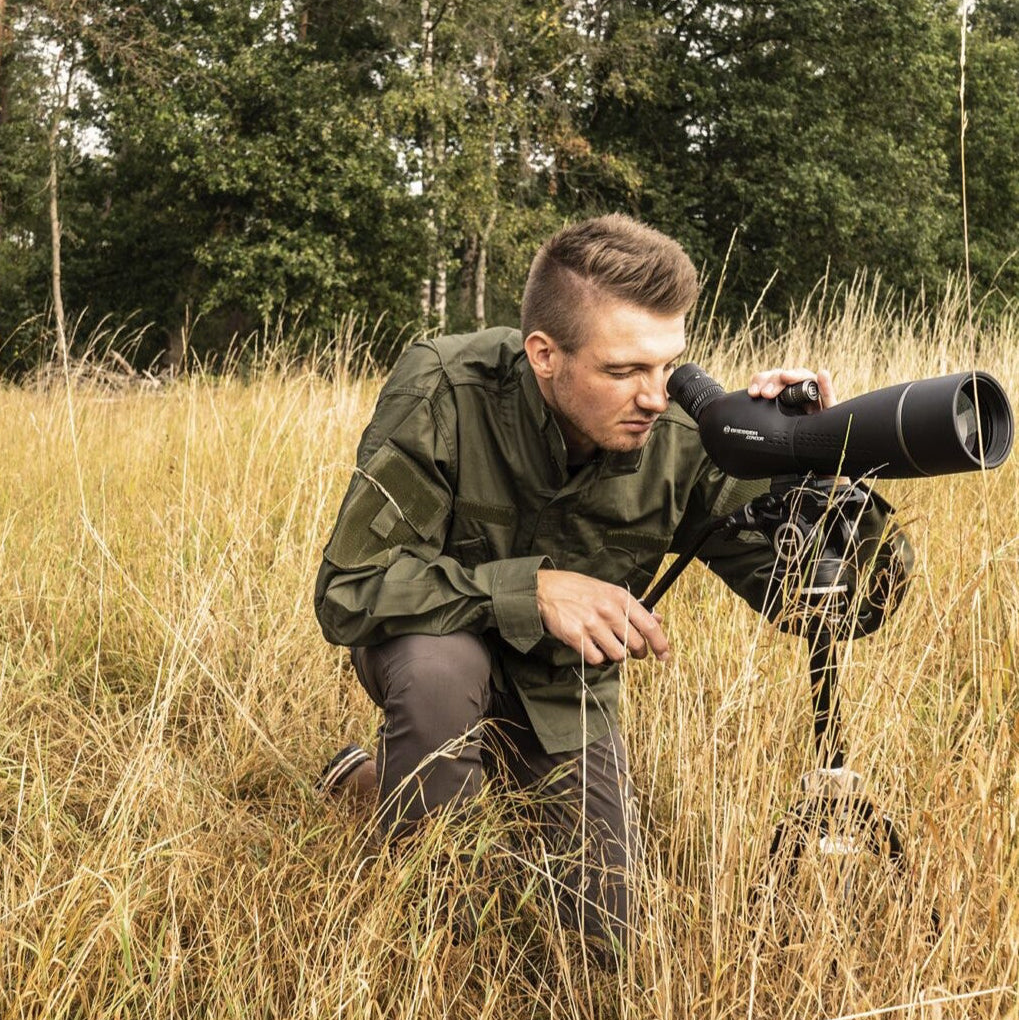
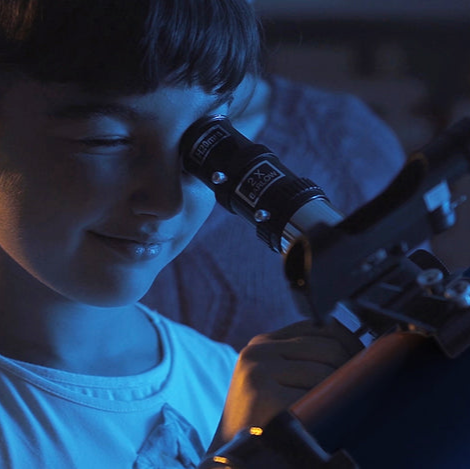
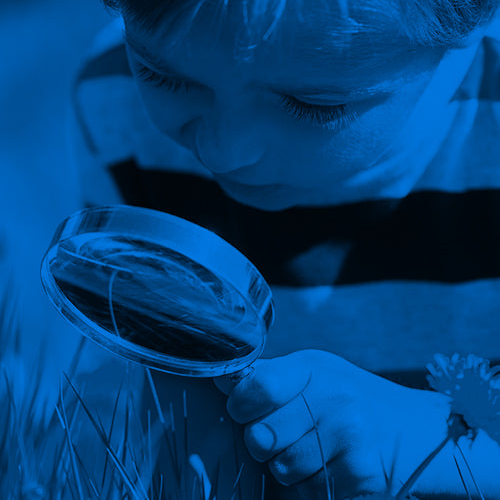
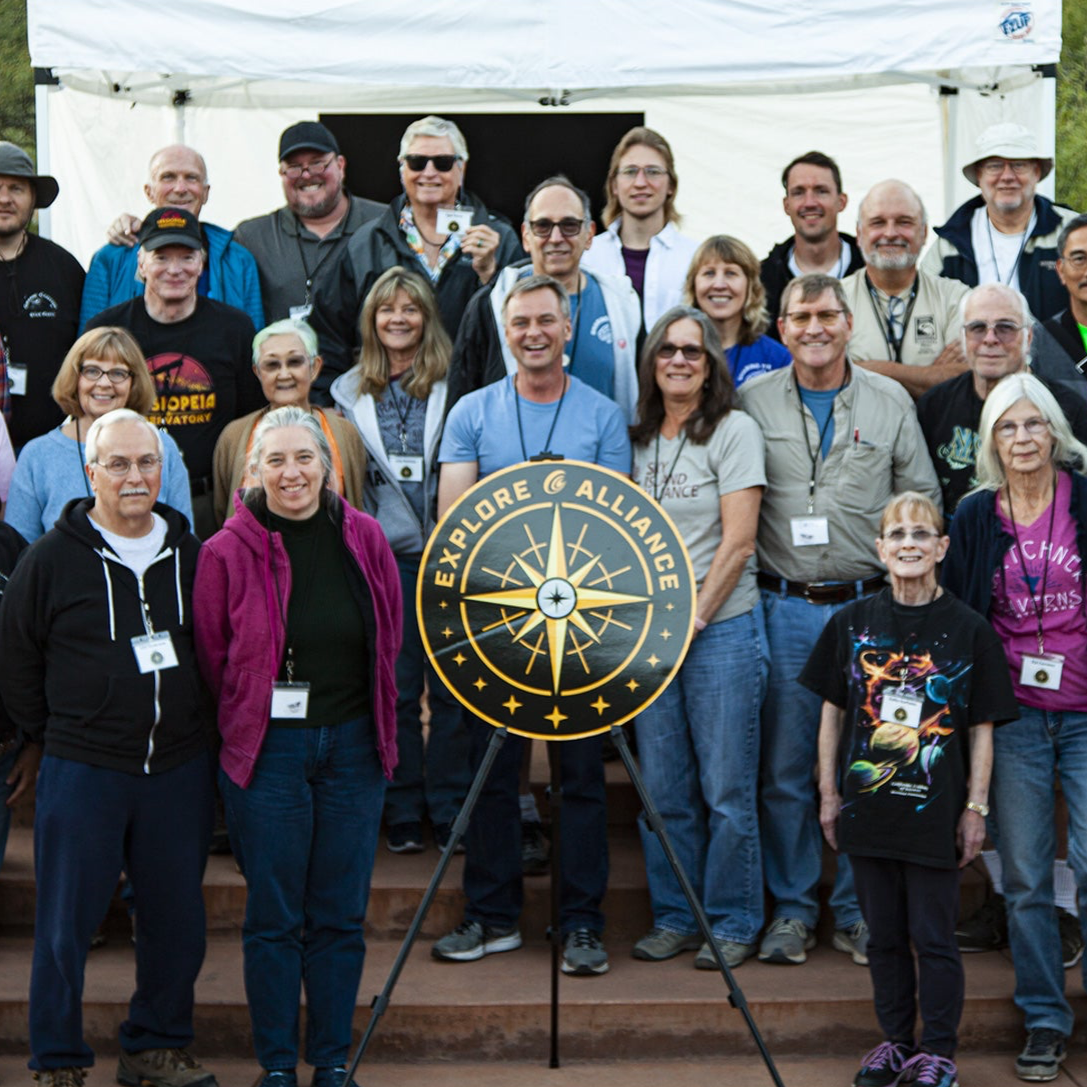
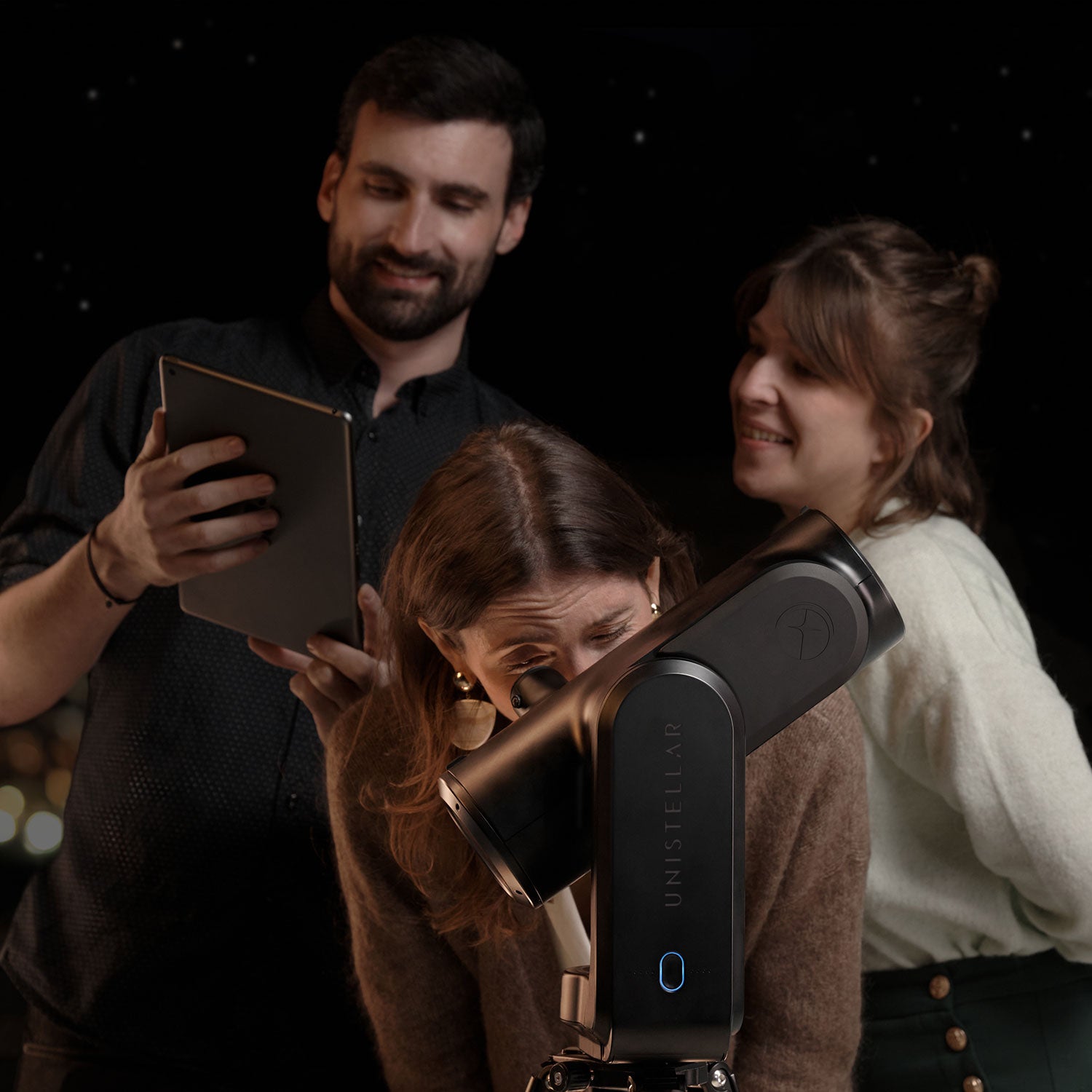
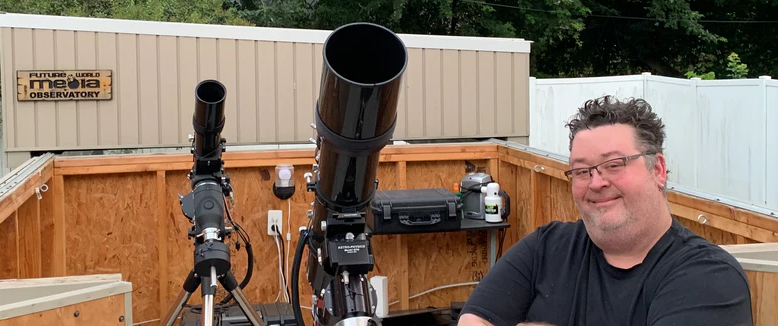
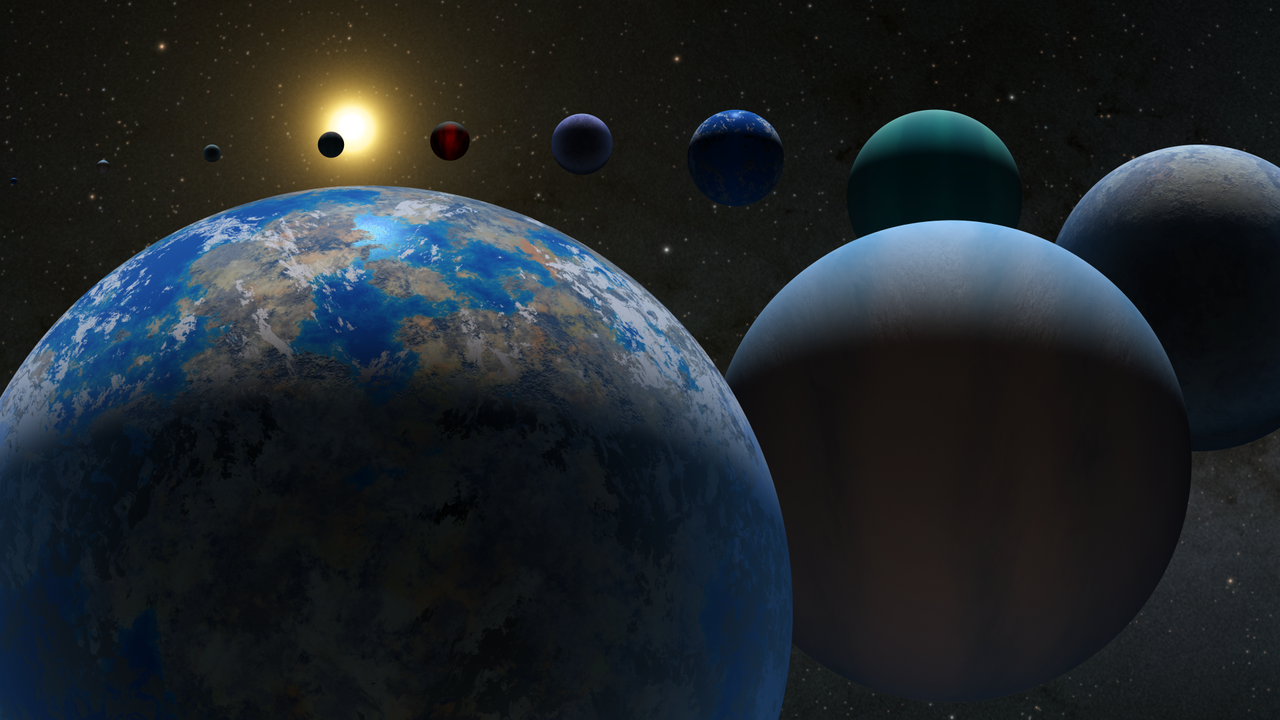

Commenta
Nota che i commenti devono essere approvati prima di essere pubblicati.
Questo sito è protetto da hCaptcha e applica le Norme sulla privacy e i Termini di servizio di hCaptcha.